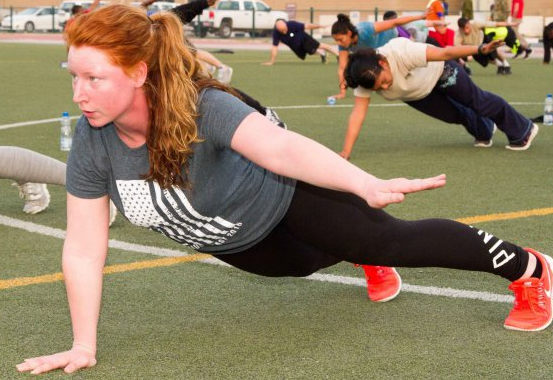Exercise intensity: How to measure it
Get the most from your workouts by knowing how to gauge your exercise intensity.
When you exercise, are you working hard or hardly working? Exercising at the correct intensity can help you get the most out of your physical activity — making sure you’re not pushing too hard or too little. Here’s a look at what exercise intensity means, and how to maximize your workout.
Choosing your exercise intensity
How hard should you be exercising? The Department of Health and Human Services recommends these exercise guidelines for most healthy adults:
- Aerobic activity. Get at least 150 minutes a week of moderate aerobic activity — such as brisk walking, swimming or mowing the lawn — or 75 minutes a week of vigorous aerobic activity — such as running or aerobic dancing. You can also do a combination of moderate and vigorous activity. It’s best to do this over the course of a week.
- Strength training. Strength train at least twice a week. Consider free weights, weight machines or activities that use your own body weight — such as rock climbing or heavy gardening. The amount of time for each session is up to you.
Your exercise intensity must generally be at a moderate or vigorous level for maximum benefit. For weight loss, the more intense or longer your activity, the more calories you burn.
Balance is still important. Overdoing it can increase your risk of soreness, injury and burnout. Start at a light intensity if you’re new to exercising. Gradually build up to a moderate or vigorous intensity.
For specifics check: www.mayoclinic.org/healthy-lifestyle/fitness/in-depth/exercise-intensity/art-20046887
